By Ryan Hamilton
In Pennsylvania, like many other states, the same property that is well suited for agriculture, forestry, or outdoor recreation is often also well suited for development. As the market value of these properties increases, landowners are burdened with rising property taxes. This is especially challenging for farmers because the value of their business is directly dependent on their land. When the value of the land increases, but the amount of money earned from that land remains fixed, these farmers are often forced or influenced to sell their property. To counter the market forces favoring development, the Pennsylvania Farmland and Forest Land Assessment Act, often referred to as “Clean and Green” or Act 319, provides preferential tax assessments for qualifying farmland and forestland. The question is: Can a landowner maintain Clean and Green status while also implementing a renewable energy project on the property?
The Clean and Green program clearly defines which land uses are eligible for preferential tax assessment. Specifically, qualifying lands include those devoted to an 1) agricultural use, 2) agricultural reserve use, or 3) forest use. Once a landowner applies for the Clean and Green program (through the applicable county assessor’s office) and the property qualifies, then it will be assessed at the value of the property under its current use, rather than by considering fair market value, or all other possible uses. Generally, an “agricultural use” is defined as “land which is used for the purpose of producing an agricultural commodity” and is either 1) comprised of 10 or more acres, 2) has an anticipated yearly gross income of at least $2,000 from an agricultural commodity, or 3) is “[d]evoted to the development and operation of an alternative energy system, [where] a majority of the energy annually generated is utilized on the tract.”
An “alternative energy system” is defined under the Clean and Green Program as a Tier I energy source. Pennsylvania’s Alternative Energy Portfolio Standards define a Tier I energy source as energy derived from solar pv, solar thermal, wind power, low-impact hydropower, geothermal energy, biologically derived methane gas, fuel cells, biomass energy, or coal mine methane. Therefore, where energy is derived from one of these listed sources and more than half of that energy is utilized on the same property for residential or commercial purposes, then the development and use of that alternative energy source does not impact the status of the property under the Clean and Green Program.
For many property owners, however, there is an additional question about what other types of energy production can be pursued on the property while still maintaining Clean and Green status. Generally, land subject to preferential assessment under Clean and Green may be leased or otherwise devoted to exploration for and removal of gas and oil, including the extraction of coal bed methane. The portions of the property actually put to these uses, however, will be subject to roll-back taxes. Similarly, portions of land subject to preferential tax assessment may be leased or devoted to wind-power generation, even where a majority of the energy is not utilized on-site. In that situation, those portions of the property actually devoted to a wind power generation system (including the foundation of the wind turbine and appurtenant structures like new roads, bridges, transmission lines, substations and other structures) will also be subject to roll-back taxes, while the rest of the property maintains preferential tax status.
The Conclusion: Generally speaking, landowners are able to utilize renewable energy sources on their property (such as residential or commercial solar) and this development of the property will not impact preferential tax assessments under the Clean and Green Program as long as a majority of the energy produced by the renewable system is utilized on-site. This is good news for landowners, renewable energy supporters, and the preservation of open space in Pennsylvania.








